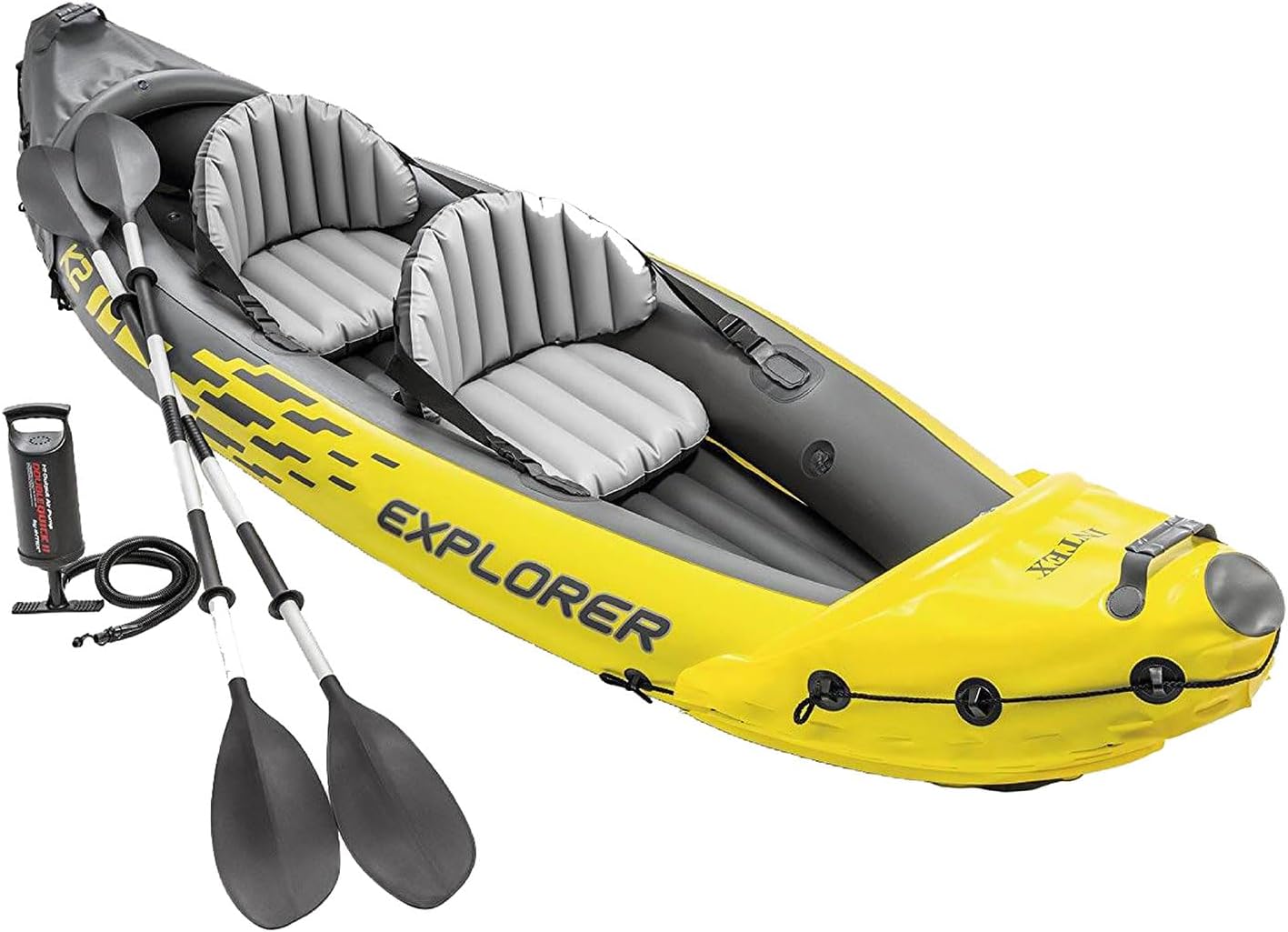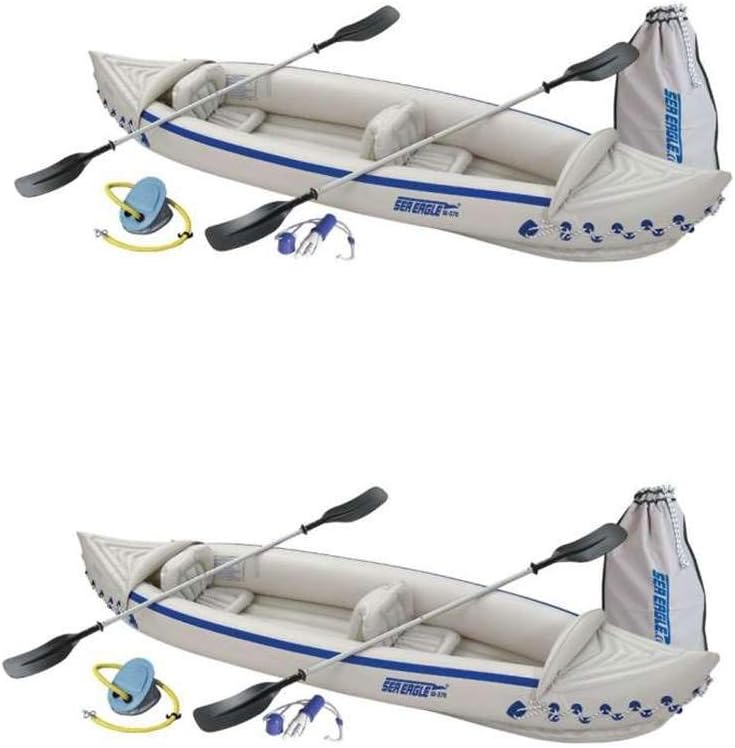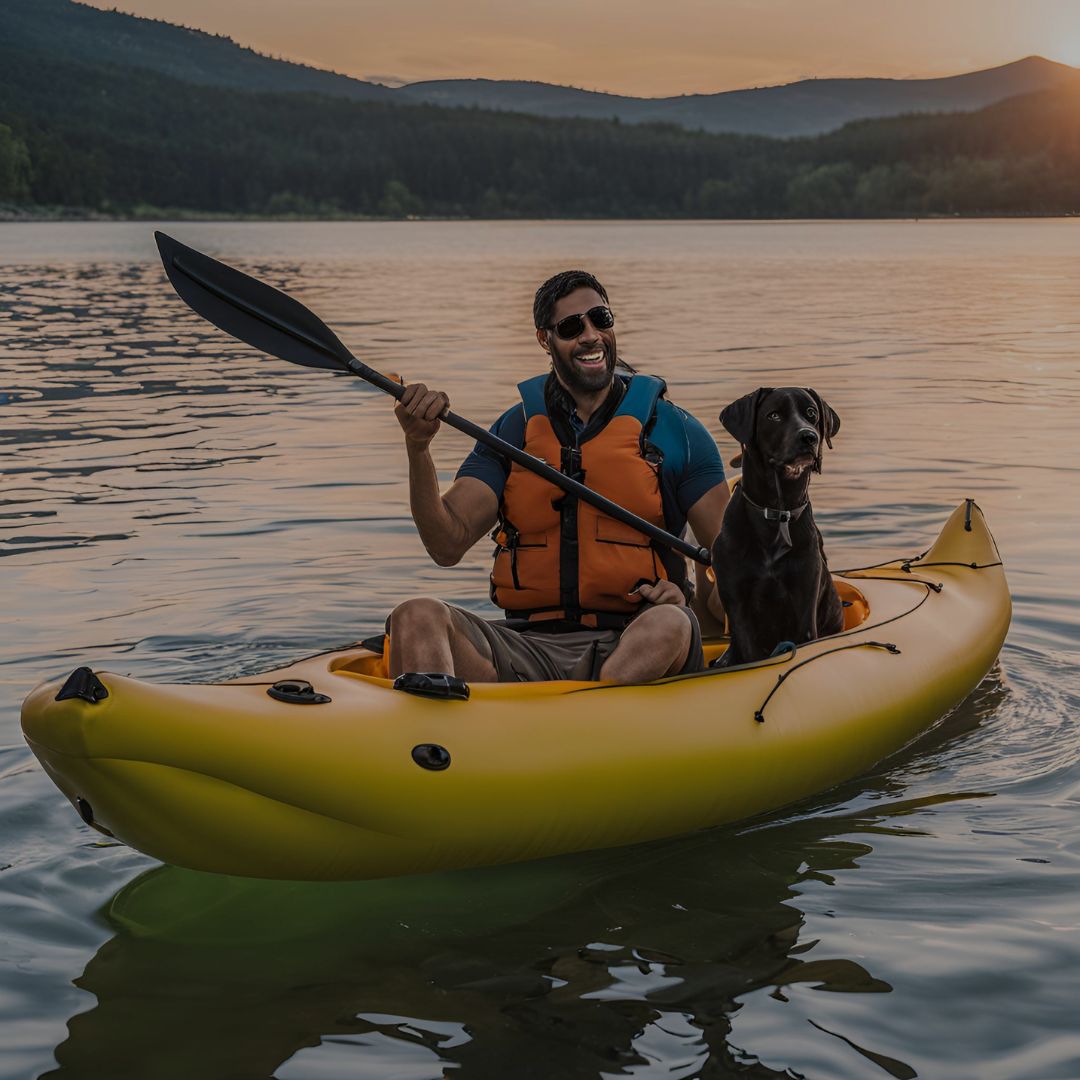Can Inflatable Kayaks Be Used In The Sea
Can inflatable kayaks be used in the sea? Well, the short answer is yes. The long answer? That’s why we’re here.
Let’s put it this way: you’re not going to end up like Tom Hanks in Castaway, paddling hopelessly out to sea with a deflating inflatable kayak. Thanks to modern technology, inflatable kayaks have evolved into sturdy, seaworthy vessels – nothing like the flimsy pool toys that pop if you look at them wrong.
But let’s not deceive ourselves, taking an inflatable kayak into the sea sounds like it might turn into a slapstick comedy if you don’t know what you’re doing. Fortunately, it’s much safer (and way more fun) than you think.
Can Inflatable Kayaks Be Used in the Sea?
The burning question on everyone’s mind: Can inflatable kayaks be used in the sea? Absolutely! But, like everything in life, it depends on what kind of inflatable kayak you’re using and how prepared you are. Let’s break this down so you can head out to the waves without worrying about turning into a human buoy.
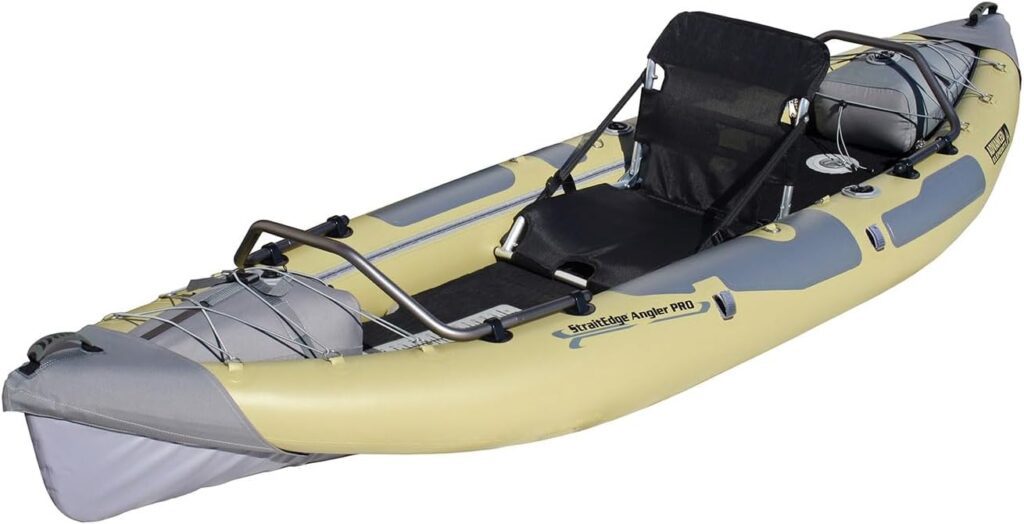
1. Modern Inflatable Kayaks Are Built for the Sea
Inflatable kayaks used to be lightweight, puncture-prone toys, but now, they’re engineered for performance and durability. High-quality models are made from tough materials like PVC, Hypalon, or Nitrylon, which are designed to withstand everything from sharp rocks to salty ocean water.
But the real game-changer? Multiple air chambers. If one chamber pops (which is rare, but possible), the other chambers keep you floating. This is a huge plus in the unpredictable environment of the sea.
Some models also feature reinforced bottoms to deal with rougher terrain, and trust me, you’ll want that when paddling over rocky shores or barnacle-covered docks.
2. Inflatable Kayaks Handle the Elements Surprisingly Well
Now, the sea isn’t exactly a calm, glassy lake. It’s got waves, currents, and the occasional rogue dolphin. But inflatable kayaks, especially those designed for sea use, can handle these conditions.
They’re designed with features like self-bailing holes to drain water that splashes in, high sides to deflect waves, and wider bases for stability. These are all essential for dealing with the ocean’s quirks.
For instance, if you’re paddling in open water, you’ll want a kayak that has a skeg or a rudder. This helps with tracking, which is a fancy way of saying “keeps your kayak going straight instead of zigzagging like a lost puppy.” In choppy or windy conditions, these features are lifesavers – literally.
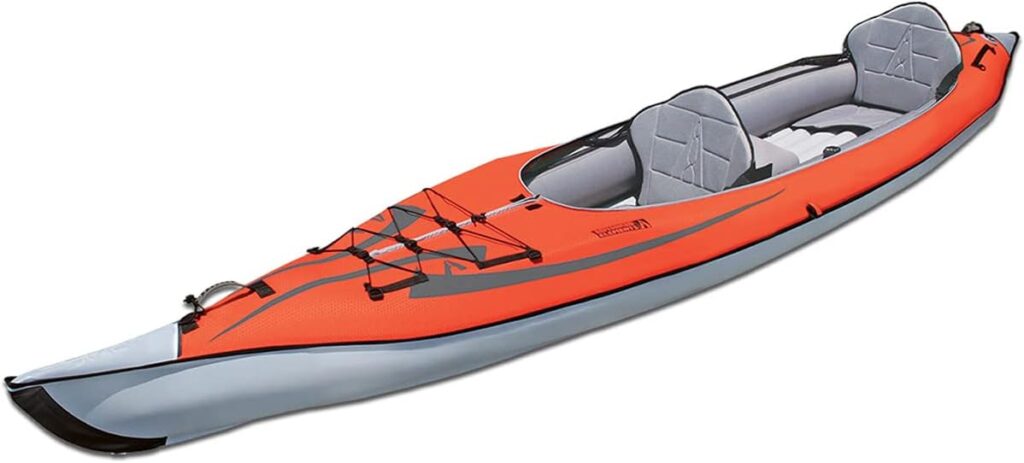
3. They’re Surprisingly Stable and Safe
When you think of the sea, you probably picture waves crashing around you, right? Well, inflatable kayaks, especially those with a wide base and low center of gravity are actually pretty stable in rough waters.
The wide design helps prevent tipping over, which is one of the biggest concerns people have when they ask, “can inflatable kayaks be used in the sea?”
Of course, it’s not as rock-solid as a hard-shell kayak, but modern inflatable kayaks are specifically designed to stay balanced and sturdy in ocean conditions. So, no need to worry about capsizing at the first sight of a wave.
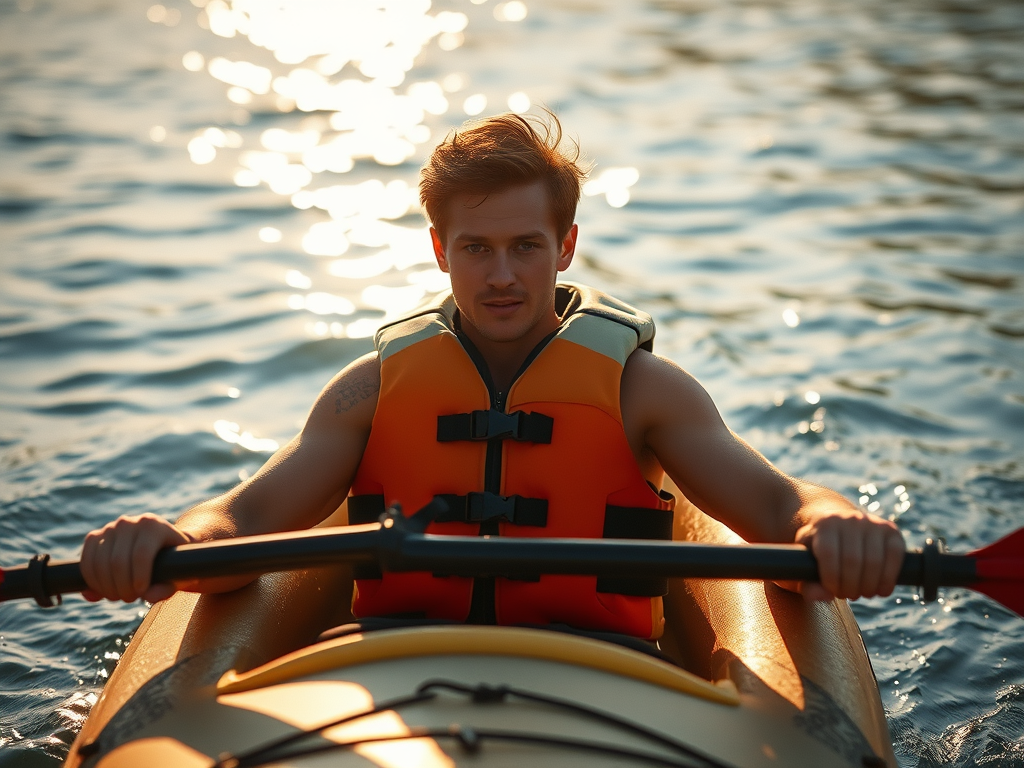
Safety Measures for Using Inflatable Kayaks in the Sea
Alright, so we’ve established that inflatable kayaks can be used in the sea. But before you grab your paddle and head to the shoreline, let’s talk about some important safety tips. After all, the sea can be as unpredictable as your Wi-Fi connection during a storm, so you’ll want to be prepared.
1. Pick the Right Inflatable Kayak for the Sea
Not all inflatable kayaks are exactly the same, so make sure you’re using one that’s designed for the ocean. Look for models that are specifically made for sea kayaking. These kayaks will have the necessary features like multiple air chambers, reinforced bottoms, and self-bailing holes that help you stay safe in open water.
The last thing you want is to be out there battling the waves in a kayak made for calm lakes. It’s like taking a bicycle on a highway – it’s just not built for it.
2. Wear a PFD (Personal Flotation Device)
Let’s get the obvious one out of the way: wear a life jacket. Even the best kayaker can get caught off guard by a rogue wave, a strong current, or a moment of bad luck.
A personal flotation device (PFD) is your best friend when you’re out in the sea, even if you’re confident in your swimming skills. You’ll thank yourself if you ever find yourself unexpectedly out of the kayak and in the water.
3. Check the Weather and Sea Conditions
Mother Nature doesn’t care about your paddling plans, so always check the weather before heading out. Even if it looks like a calm day, the sea can change its mind in an instant. High winds and big waves aren’t ideal for inflatable kayaks, so if conditions look rough, it’s better to stay onshore and wait it out.
Pro Tip: Always paddle into the wind or current when starting your trip. It’s easier to handle the tough stuff first and enjoy the easier return journey with the wind at your back.
4. Bring a Bilge Pump and Paddle Leash
A bilge pump is a must-have for sea kayaking. Even if your kayak has self-bailing holes, you may end up with some water in the cockpit, and the last thing you want is a soggy bottom. A bilge pump will help you quickly get rid of any unwanted water so you can focus on paddling.
Also, don’t forget a paddle leash. The sea can be unpredictable, and if your paddle slips out of your hands, the current will whisk it away faster than you can say, “Goodbye!” With a paddle leash, you’ll always have it tethered to your kayak, so you don’t end up stranded.
5. Stay Near the Shore
It’s tempting to venture out into the open sea, but unless you’re a seasoned pro, stick close to the shore. If anything goes wrong – whether it’s a strong current, a sudden change in weather, or even just a muscle cramp – you’ll want to be within paddling distance of the beach.
Staying close also makes it easier for rescue services to find you if something does go south. Plus, let’s be honest, there’s plenty to explore near the shoreline, and you’ll get a better view of the coastline.
6. Bring Safety and Navigation Gear
When you’re out in the sea, you need to be prepared for anything. Here’s a checklist of gear you should always bring:
- Marine GPS or Compass: It’s easy to lose your bearings in open water, especially if you’re far from shore.
- Flares and Whistle: In case you need to signal for help.
- First Aid Kit: Just in case of minor injuries while paddling.
- Dry Bags: Keep your valuables and essentials dry, even if your kayak takes on water.
7. Rinse Your Kayak After Every Trip
Saltwater is a kayak’s worst enemy. Over time, salt can corrode the materials and cause damage to your kayak’s valves, fittings, and even the fabric.
After each sea kayaking adventure, make sure to rinse your inflatable kayak thoroughly with fresh water. This will help prevent salt build-up and extend the life of your kayak.
If you notice any metal parts (like zippers or valves), it’s a good idea to lubricate them with a marine-safe grease to keep everything functioning smoothly.
The Bottom Line on Can Inflatable Kayaks be Used in the Sea
So, to finally answer the question, can inflatable kayaks be used in the sea? Absolutely, yes! With the right preparation, gear, and safety measures, inflatable kayaks can handle ocean conditions with ease. Whether you’re looking to paddle along the coastline or venture out into the waves, modern inflatable kayaks are more than capable of keeping up with the demands of the sea.
Just remember: safety first, always check the weather, and give your kayak a good rinse after your adventure. Now, what are you waiting for? Get out there, enjoy the waves, and don’t forget to watch out for dolphins – they might just invite themselves along for the ride!

